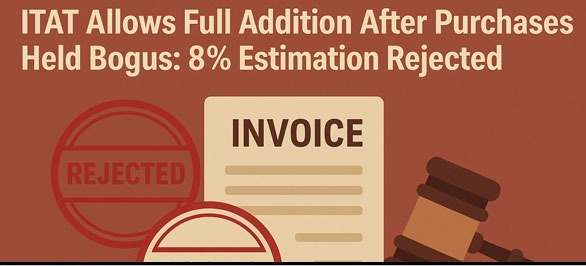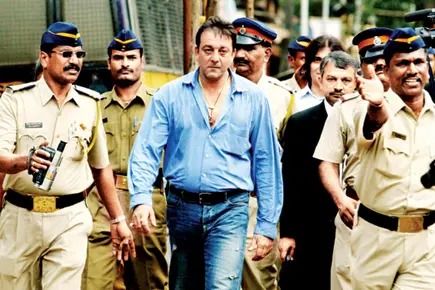@JUDGMENTTAG-ORDER
Ganga Nath, J.@mdashThis is an application in revision by Munshi Ram and Ram Chander against their convictions and sentences under Sections 5 and 6, Child Marriage Restraint Act (19 of 1929) vide copy of the judgment of the trial Court which was confirmed in appeal by the learned Sessions Judge of Saharanpur. The daughter of Ram Chander has been married to the son of Munshi Ram. The age of the girl is over 14 years and therefore she is not a child as defined in the Act. The age of the boy was under 18 years and therefore be is a child. A child as defined in the Act means a person who, if a male is under 18 years of age, if a female is under 14 years of age. It is not denied that the marriage has been performed, but no Gauna ceremony has been performed as yet. The fact that the Gauna ceremony has not been performed as yet does not affect the performance of the marriage, which -is complete as soon as the ceremony or the marriage is performed. Consummation is riot a part of the marriage ceremony. It has been, urged by the ''learned Counsel for the applicants that, inasmuch as both the parties to the marriage belonged to the same Gotra, the marriage was not valid. The Act aims at and deals with the restraint of the performance of the marriage. It has nothing to do-with, the validity or invalidity of the marriage. The question of the validity or invalidity of the marriage is beyond the scope of the Child Marriage Restraint Act. Marriage is performed by the performance of certain ceremonies, which depend on the race and religion of the parties, who enter into marriage; As already Stated, the marriage ceremony has been admittedly performed. It was contended by the learned Counsel for the applicants that the convictions under Sections 5 and 6 were not legal. He urged that Section 5 relates to the priests and strangers and not to the parents. He relied on Ganpatrao Devaji v. Emperor 142 IC 277. There it was held that Section 5 contemplates strangers and excludes those who are punishable u/s 3, or . Section 4, and Section 6, that is the bridegroom and the, parent or guardian. It was observed:
It is manifest that Section 5 is worded in general terms without specifying the particular class of persons intended to be covered by it, whereas Section 6 is directed against particular persons, namely a parent or a guardian of a minor who contracts a child marriage. The question is whether the Legislature intended to impose a double penalty on the parent or guardian.
2. Sections 5 and 6 deal with different offences. Section 5 deals with the persons who perform, conduct or direct any child marriage. Section 6 provides for the offence in case where a minor himself contracts a child marriage. It is only in the case a minor contracts child marriage that any person having charge of the minor, whether as parent or guardian or in any other capacity, lawful or-unlawful, who does any act to promote the marriage or permits it to be solemnized, or negligently fails to prevent it from being solemnized, shall be punishable. Section 5 deals with the cases in which the marriage is not contracted by a minor. Section 5 lays down
Whoever performs, conducts or directs any child marriage shall be punishable with simple imprisonment which may extend to one month , or with fine; which may extend to one thousand .rupees, or with both unless he proves that-he had reason to believe that the marriage was- not a child marriage.
3. It was urged by the learned Counsel for the applicants that inasmuch as the daughter of Ram Chander applicant-was not a child, he could not be convicted. Section 5 is wide enough to cover the case of the fathers of both the bridegroom and the bride. In the case: of Hindu marriages it cannot be said'' that the father of the bridegroom or the bride does not perform, or direct the marriage. It is generally the father or the guardian who arranges for the marriage of the boy, and takes the marriage party to the house of the bride It is the father of the bride, who takes part actually in the performance of the marriage ceremonies, as it is he who gives his daughter in marriage. There- , fore it cannot be said that Ram Chander did not perform or direct the marriage. There can therefore be no question as regards the legality of the conviction of both the applicants u/s 5. As regards their convictions u/s 6, as already stated, it applies to the case in which the child marriage is contracted by the minor. In this case, as the marriage was not contracted by the minor, Section 6 does not apply and consequently the convictions of the applicants under this section cannot stand-It is therefore ordered that the convictions and sentences of the applicants u/s 5, Child Marriage Restraint Act, be confirmed, but their conviction-under Section 6, be set aside. As only one sentence has been passed for conviction under both the sections, no order for the setting aside of any sentence for-conviction u/s 6 is made.

